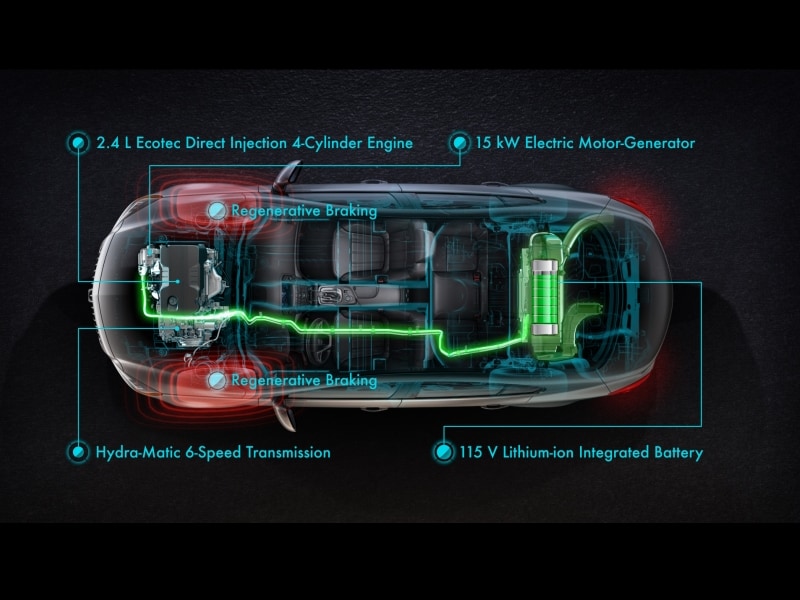Recent Articles
Popular Makes
Body Types
Types of Hybrid Vehicle Powertrains Explained
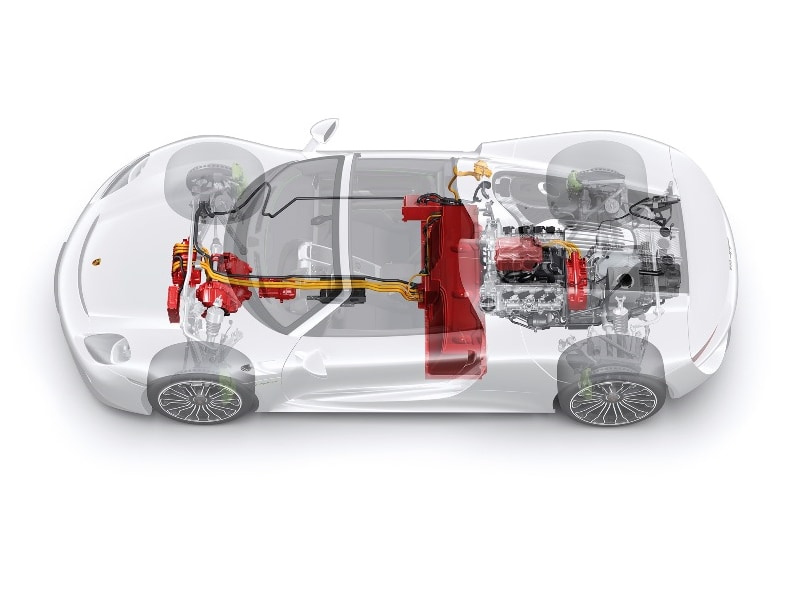
porsche 918 hybrid powertrain1
It’s a hybrid — confused yet? Truth is, the word “hybrid” encompasses a number of different powertrains, each with a unique architecture that drives the wheels in its own special way. The onslaught of hybrid technology has created a rapidly changing landscape that already includes six different terminologies hiding behind the “hybrid” catch-all. To ensure that you know more than the salesman in the showroom [I sense a challenge! – Ed] we’ve put together a handful of informative descriptions.
Parallel Hybrid
In parallel hybrids, the two main methods of propulsion—the electric motor and the traditional internal combustion engine (ICE)—are set up in a parallel configuration. This means that there are two distinct methods of propulsion; both the ICE and the electric motor are capable of powering the drive wheels, either separately or at the same time.
Power from the wheels may also move backward through the electric motor, turning it into a generator that replenishes the battery. This is known as regenerative braking, and because of this parallel hybrids typically contain smaller batteries, as consistent regenerative braking is capable of making up for the smaller overall energy capacity. The ICE itself is incapable of directly charging the electric motor’s battery.
Parallel hybrids achieve more consistent gas mileage between city and highway driving because the vehicle does not need to convert mechanical energy (from the ICE) into electricity first, which is the reason why series hybrids tend to do very well in the city but not on the highway.
Notable examples of parallel hybrids include the Honda Civic Hybrid, the Honda Accord Hybrid, and the Chevrolet Malibu Hybrid.
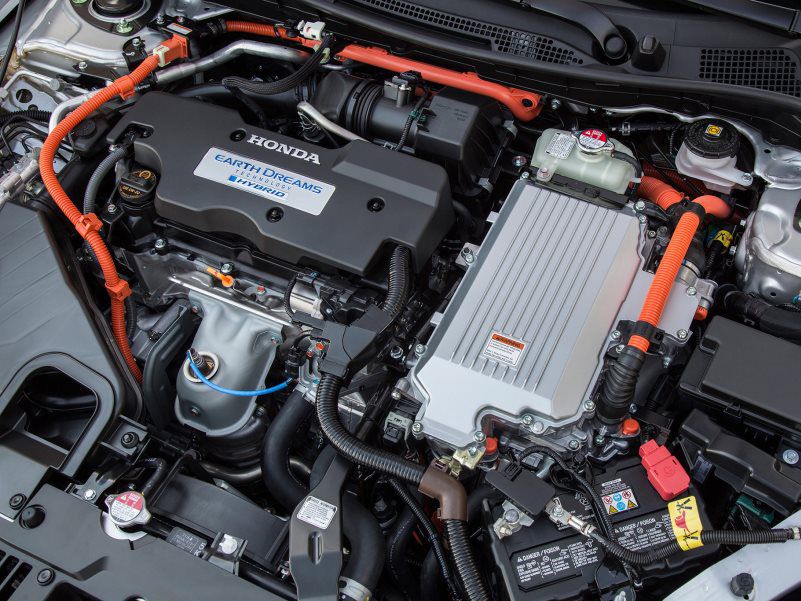
Series Hybrid
Compared to parallel hybrids, series hybrids take the opposite approach in that the whole system operates in a straight line, and the electric motor is the only way to provide power to the wheels. The motor receives its juice from the battery, which is replenished primarily by an ICE-powered generator. Similar to parallel hybrids, series hybrids can flip the flow of electrons and utilize regenerative braking to help top off the battery. In a series hybrid, if the battery has a sufficient charge, the ICE can shut off, leaving the driver with pure, electric-only propulsion. At no point is the ICE capable of delivering power directly to the wheels; it must go through the electric motor first.
Series hybrids get better city mileage than their parallel brethren because of their architecture: ICEs struggle in city driving due to varying power demands, but since the ICE never powers the vehicle directly, a series hybrid eliminates that inefficiency. However, electric motors by themselves have a harder time at highway speeds, which is why series hybrids typically get better fuel economy in the city.
A common nickname for a series hybrid is an extended-range electric vehicle (EREV). Until the ICE kicks in to recharge the battery and provide additional electric-only range, the car essentially operates like a straight-up electric vehicle. Some marketers might refer to them as electric cars, but if there is an ICE present it’s technically a hybrid. That said, if your commute is short and mostly urban, you may go months before having to fill up the ICE’s gas tank.
The ICE portion of the series hybrid can be replaced by different methods of propulsion, including hydrogen fuel cells. Thus, one can consider any upcoming fuel-cell vehicle to be a series hybrid.
Notable examples of series hybrids include the BMW i3 (with the optional range-extending ICE), the Chevrolet Volt, and the Toyota Mirai.
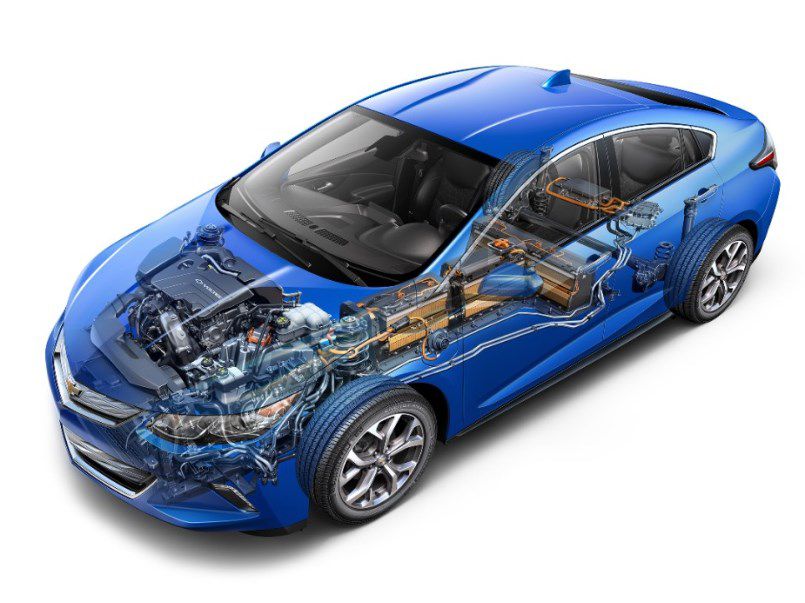
Series-Parallel Hybrid
Series-parallel hybrids switch between series and parallel modes by way of a device that uncouples the ICE from the driven wheels. This is why series-parallel hybrids are occasionally nicknamed power-split hybrids.
This method attempts to maximize the benefits of both styles of powertrain: In the city the vehicle can operate as a series hybrid in order to maximize the efficiency of the electric motor; on the highway the vehicle can operate as a parallel hybrid, allowing the ICE to make up for the electric motor’s inefficiency at higher speeds. In essence, it’s the best of both worlds.
Of course, that ability to increase balanced efficiency comes at a cost—in this case, a monetary one. Series-parallel hybrids are more complicated than either series or parallel hybrids, and that complication often results in a higher MSRP. Saving the environment isn’t cheap, folks.
Notable examples of series-parallel hybrids include the Toyota Prius, the Ford Escape Hybrid, and the new Lexus NX300h.
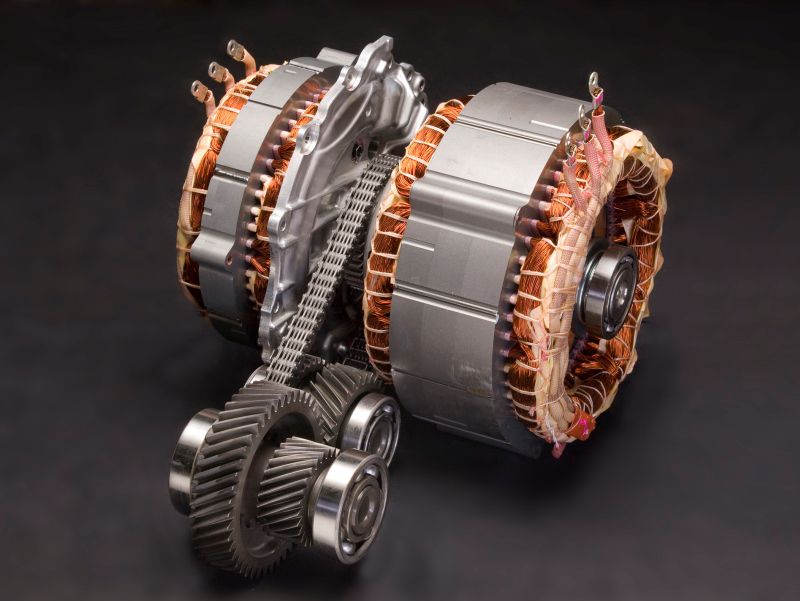
Through-the-Road (TTR) Parallel Hybrid
A TTR parallel hybrid, like a standard parallel hybrid, utilizes two distinct forms of propulsion, the ICE, and the electric motor. However, unlike traditional parallel hybrids, TTR parallel hybrids place these two on different axles; typically, the ICE will power the rear wheels, and the electric motor (or motors) will power the front wheels.
TTR hybrids still feature regenerative braking, and the ICE can still recharge the battery by using the ICE-driven wheels as power suppliers while the motor-driven wheels act as they would during regenerative braking, sapping some of that power in order to recharge the battery. Thus, the power is not transferred inside the vehicle but rather through the road, hence the TTR moniker.
TTR parallel hybrids are quite uncommon; the only notable example on sale at the moment is the BMW i8, although that’s sure to change by the end of this decade.
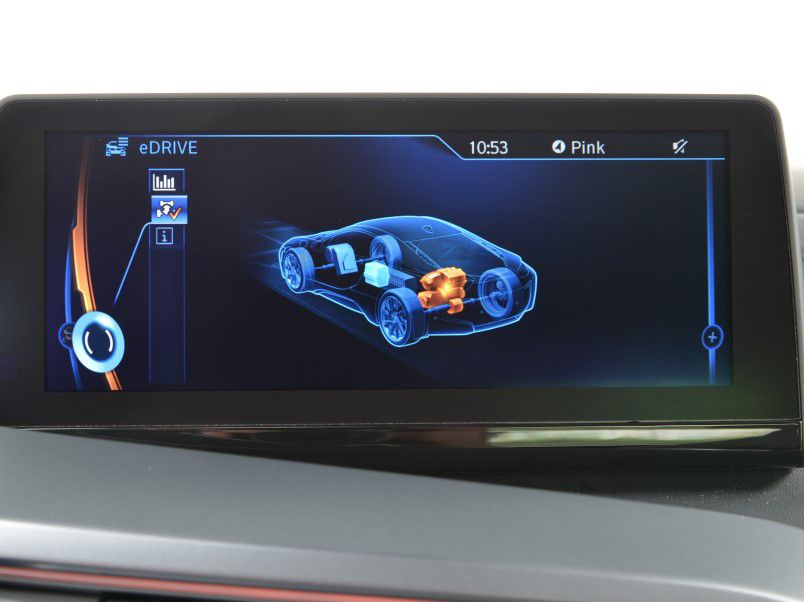
Plug-In Hybrid
Plug-in hybrid-electric vehicles (PHEVs) are currently offered in both parallel and series layouts. The main difference between PHEVs and other hybrids is the battery: PHEV batteries are larger and able to be charged by plugging the battery into the electric grid. That’s it. This one is about as straightforward as it gets. If you can plug your hybrid into the wall, you can consider it a plug-in. The biggest benefit of a plug-in setup is the ability to drive for longer periods of time without ICE intervention.
Notable examples of plug-in hybrids include the Ford C-Max Energi, the Porsche 918 Spyder, and the Porsche Panamera S E-Hybrid.
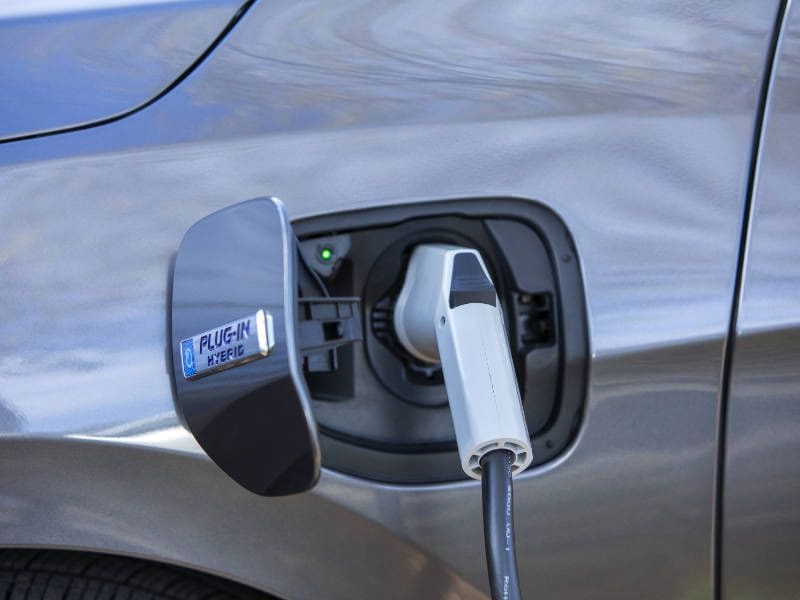
Photo by Honda
Mild Hybrids
Mild hybrids are a type of series hybrid in that there is only one connection to the wheels. However, unlike traditional series hybrids, which deliver power solely through the electric motor, mild hybrids only put the power to the ground through the ICE.
The electric motor instead can either add power to the equation, by boosting the ICE’s output or subtract it, by turning the motor into a generator that siphons off some of the ICE’s output. At no point can mild hybrids run on electricity alone. Think of the electric side of a mild hybrid more as a hopped-up version of a starter and alternator.
Notable examples of mild hybrids include the Buick Regal eAssist, the BMW ActiveHybrid 7, and the Ferrari LaFerrari.
